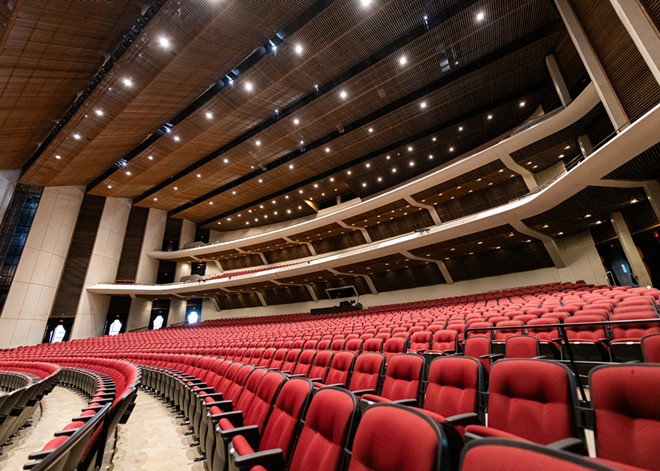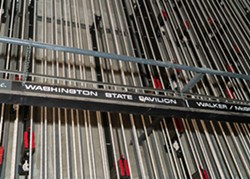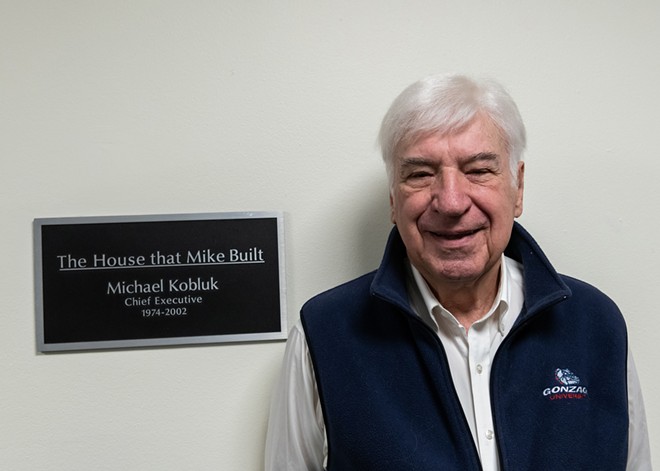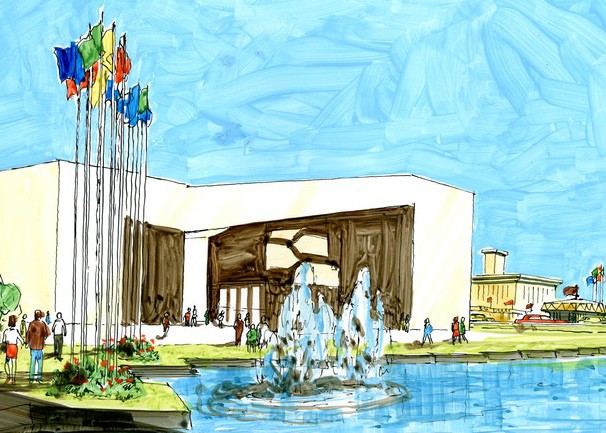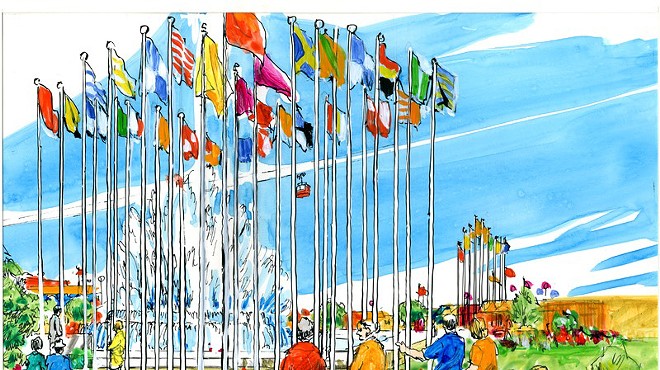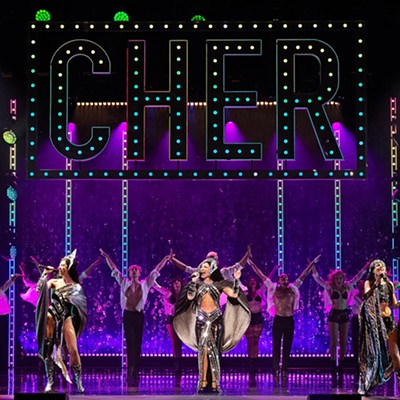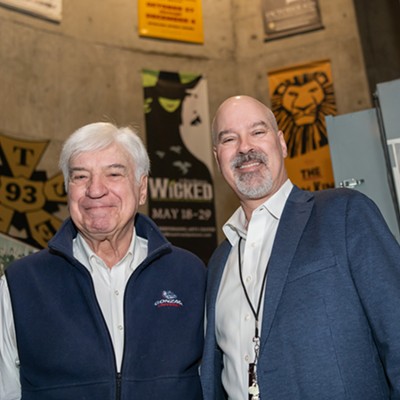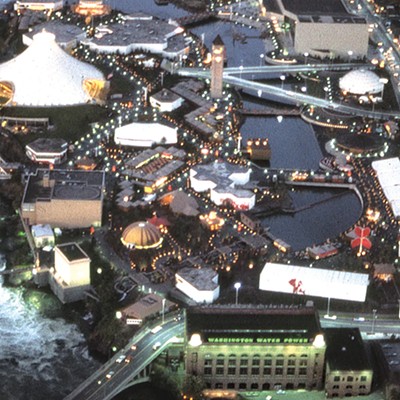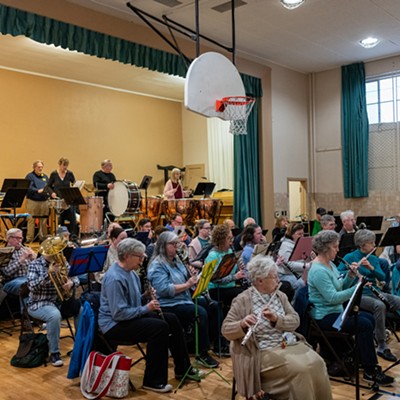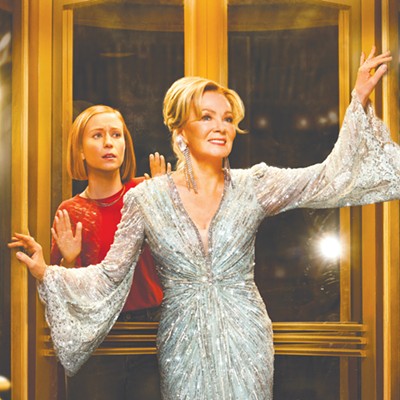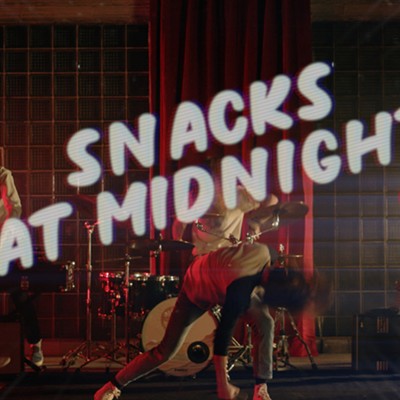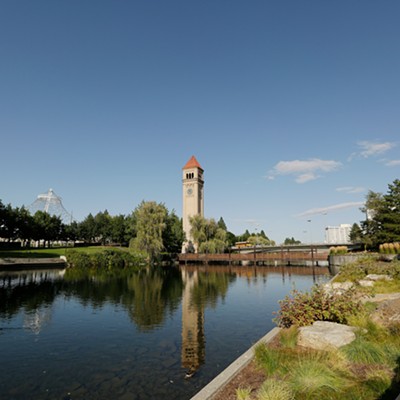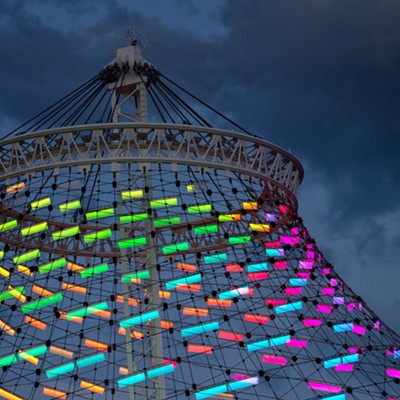If you loved live entertainment and you lived in Spokane in 1974, well... Lucky you! Not only did you get to enjoy the brand-new Spokane Opera House — aka, the Washington State Pavilion — but for six months, Spokane was, as Mike Kobluk confidently predicted a few months before the start of the world's fair, "the entertainment capital of the United States."
Recently retired from the Chad Mitchell Trio, with hit records and gigs on The Ed Sullivan Show, Kobluk was hired as one of the first dozen employees of the fair to fill the new building with shows. He also booked the Spokane Coliseum.
To start, Kobluk sent handwritten letters to mayors in cities across America, asking them to lend their entertainers. That's just how it was done in 1974.
"One day," he says, "we got a letter back from the mayor of Los Angeles. They wanted to be a part of it — in fact, they wanted to bring the LA Philharmonic with Zubin Mehta. And they wanted to open the fair!"
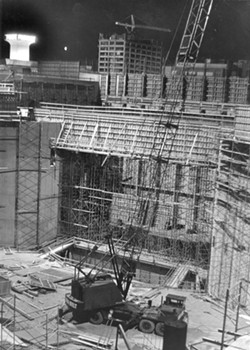
When word got out about the LA Phil, the engagements started flowing. One letter carried the looping, florid signature of Liberace, who committed to six shows around the Fourth of July. It became a jam-packed showcase of pure 1970s pop culture — the Carpenters, Olga Korbut, the Amazing Kreskin.
A few memories stand out for Kobluk even now. John Denver, who had been his bandmate in the Trio, came to play at the Coliseum and wanted to get a quick tour of the fair from his old friend. Unfortunately, Denver was at the peak of his popularity. After a quick visit to the USSR Pavilion, a growing mob of fans cut the tour short.
Speaking of the Russians, Kobluk requested the famed Red Army Choir. But they were not allowed to come, as the State Department objected because of the word "Army."
"The Cold War," Kobluk says, "you know, it was still underway at the time."
Another old friend, Harry Belafonte performed two nights; he had championed the Trio's music in the New York folk music scene years before. The Trio joined him in Selma, Alabama, for the second march for civil rights, where they performed the night before the march.
"That was a very emotional performance," Kobluk recalls. "So when he came to the fair, it was like a homecoming."
Bing Crosby even dropped by. While he was not able to schedule a performance, he was in town before it opened and sauntered up on stage to give his expert opinion.
"'Oh, this is a beautiful place,'" Kobluk recalls Crosby remarking. "Then he sang out a few lines — Too-la-roo-la-roo-ral. Then he said, 'Geez, the acoustics are pretty nice on this stage!'"
His lifelong friend and comedic foil in the On The Road movies, Bob Hope, was coming to perform at Expo. Crosby couldn't resist one more dig.
"He got to asking about Bob Hope's visit," Kobluks recalls, "and they told him he was playing the larger Coliseum, not the Opera House, to which Bing answered, 'Thank heavens, this is much too nice a place for Bob!'"
Kobluk's reward for such an epic lineup? A full-time job, as somebody was going to have to fill this new building with entertainment after that magical year. He stayed on for nearly three decades, retiring in 2001. In a hallway backstage at what is now the First Interstate Center for the Arts, there's a plaque that reads: "The House That Mike Kobluk Built."
The triumph of that summer's schedule of entertainment is even more surprising when you hear how tentative the whole enterprise really was. As Kobluk puts it: "For a while, it was not certain the Opera House would even get built."
Once Expo was on, Spokane's planners beat a path to Olympia to remind legislators of the $10 million that was given to Seattle for their 1962 world's fair, and, well, fair's fair. Ultimately, they secured $7.5 million, with $2.9 million funded later to allow the addition of convention space. Another $1 million was raised locally under the leadership of future Mayor Vicki McNeill.
According to historian Bill Youngs, the foremost authority on all things Expo '74, "it's the most important architectural residual of the world's fair." And it's hard to argue with that, as it has continued attracting shows like Hamilton, Les Mis and Cats in the years since. In fact, the Best of Broadway series alone has brought in 1,843 performances with 3.3 million seats filled over its 36 years.
Perhaps the biggest break came when local architectural phenom Bruce Walker and his partner John McGough won the contract to build it. As a Spokane kid at the University of Washington, Walker was sad to find out they did not offer a cartooning degree, so he chose architecture. Then he took a break from college to defend democracy in places like Iwo Jima and the Philippines. Upon his return, he finished his degree, then went to Harvard to study under the legendary Walter Gropius. He later designed five buildings on the UW campus, along with Red Square plaza; Walker, who died in 2005, was a founder of the local architectural firm Integrus.
Yes, Walker was a rock star of his profession — but having never designed a theater, he was intimidated. "It's like designing a kitchen for a cook you don't know," he commented.
An early innovation was to make it bigger, going from a planned 1,300 seats to 2,600. Acoustics were another challenge, so they brought in top experts from Los Angeles to consult; the wooden slats you see in the ceiling today are a part of their novel acoustic design.
"The interesting thing about an opera house," Walker told Bill Youngs for his 1996 book, The Fair and the Falls, "is that you have to tune it. It's like a musical instrument in the sense that it has a sound to produce."
The final tests and tweaks, Walker said, were conducted when somebody brought in a bunch of cassette tapes they'd blast out to test the sound from different seats. Somebody loved Neil Diamond, and it was his voice that tuned up the space. The overall result is a timeless structure of concrete and glass — modern and enduring, connecting the Spokane River and the urban core. You can still see Walker and McGough's names on a beam backstage.
For its opening weekend back in 1974, the Washington State Pavilion welcomed the LA Phil on the evening of opening day — Saturday, May 4. On Friday night, May 3, it was the Spokane Symphony that got to officially christen the space, under the direction of Donald Thulean.♦

